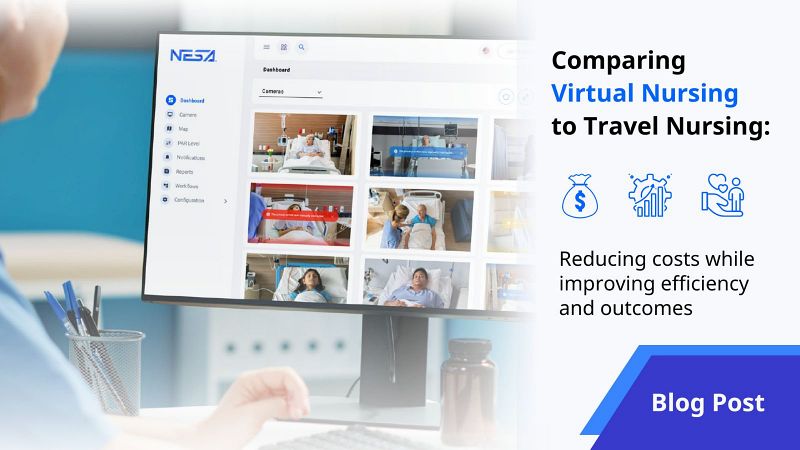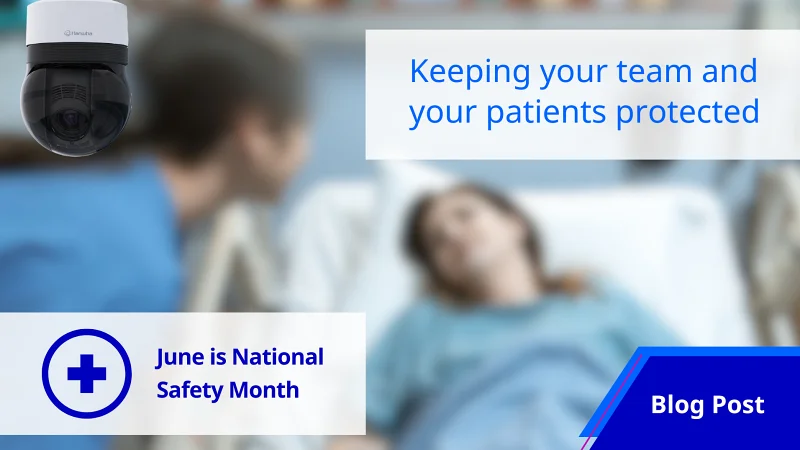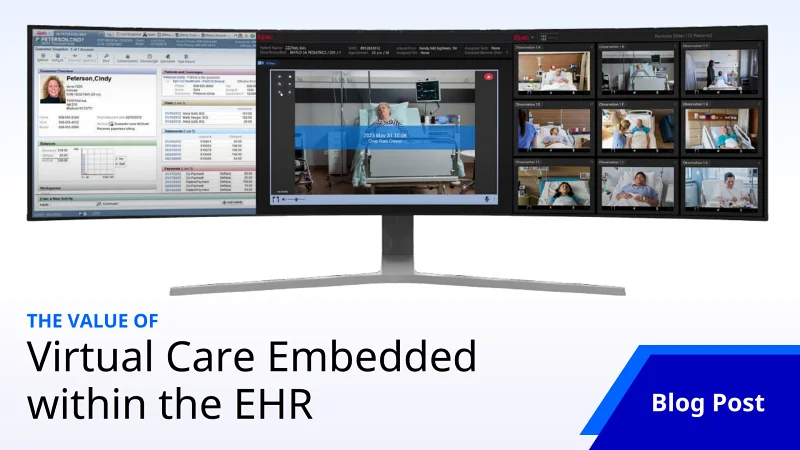
Thorough patient communication and education is vital for improving outcomes and enhancing the overall patient experience. However, delivering it effectively in the hospital setting presents challenges for both care teams and patients, particularly amidst workforce shortages.
The Virtual Nursing Advantage -- In today’s telehealth-enabled world, experienced remote nurses play a crucial role in patient education and discharge preparation. They assist with tasks such as accurately collecting home medication lists, providing follow-up care instructions, and reviewing signs and symptoms to watch out for.
Here’s how: Virtual nurses collaborate with care managers to obtain patient discharge lists and connect remotely with patients via telehealth endpoints. Together with the patient, they review medications, post-discharge activities, and follow-up appointments. They can also involve the patient’s family or caregivers in the discharge education session.
For different patient scenarios, virtual nurses provide tailored education, whether it's dressing change instructions for post-surgical patients, inhaler use for respiratory conditions, or insulin administration for diabetes management. Through teach or talk-back methods, virtual nurses ensure patients understand the information provided.
To build an effective virtual nursing program designed to support patient education, consider the following guidelines:
- Involve virtual nurses early and engage the care team effectively.
- Initiate patient education discussions at the beginning of the admission process to allow time for questions prior to discharge.
- Identify and include caregivers in patient education when possible.
- Implement train-the-trainer programs to standardize patient education and communication practices.
- Ensure language accessibility and utilize interpreter services during virtual calls.
- Use teach-back and show-me methods to confirm patient understanding.
- Incorporate best practices to overcome low health literacy, such as using simple language and limiting information to key points.
To learn more about how Virtual Care is transforming patient education operations, contact us.



